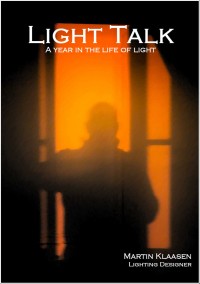Li-Fi
Singapore, 16th September 2014
I have mentioned it in passing in some previous blogs but Li-Fi is becoming a serious topic of discussion recently. Is Li-Fi the new Wi-Fi? Several lighting magazines have reported about it recently and as I don’t know too much about it I quote some of my knowledge from these magazine articles. It is a technology that uses the visible light spectrum as a source for wireless data transmission. The idea has been around for many years when it was discovered that the semi-conductor technology used in LED lighting could be used to transmit data as well. The Li-Fi technology seems capable of transmitting high speed data streams using the modulation capabilities of LED’s. The development is still in its infancy but experts believe the technology is capable of much bigger things.
The technology uses LED colours to transmit data with the highest speed so far recorded being 4 Gigabits per second using a single colour blue micro LED. Researches believe that by mixing RGB LEDs to white light, they should be able to achieve up to 10 Gigabits per second! The supporters of the system also claim it offers far more options in terms of capacity (with the light spectrum being far wider than the busy radio frequency spectrum currently used by WiFi), efficiency and availability (with LED technology being extremely sustainable with billions of light sources around in the world) and most of all security with LiFi only being accessible by people sitting in the immediate proximity of the Lifi enabled light source. We all know how little protection WiFI seems to provide. While there are many “Wiki leaks” in today’s Wi-Fi world, it seems unlikely with this Li-Fi technology to get a lot of “Liki leaks”. 🙂
So is this the future? Are there any downsides? The general feeling seems to be that there is great potential and since everyone has a light source somewhere in their house the spread and coverage could be global. The main disadvantage seems to be the coverage per point. Using light waves, the data transmission is intercepted by solid surfaces or objects; it cannot penetrate walls for instance. Likewise you can block the signal by covering the emitter or receiver. It is said that the coverage is about 10m from the light source, but its speed is very high allowing you to download a HD movie in less then 30 seconds. Let’s keep an eye on this development….
Light Watch 5-155: One of the key developers of this technology, is Professor Haas from the University of Edinburgh. He is pursuing his interests commercially through his Pure LIFi company.






 The long awaited book compilation of Martin's first year of blogging is available. Order now.
The long awaited book compilation of Martin's first year of blogging is available. Order now. Feedspot Top 100 Lighting Blogs
Feedspot Top 100 Lighting Blogs
One Comment